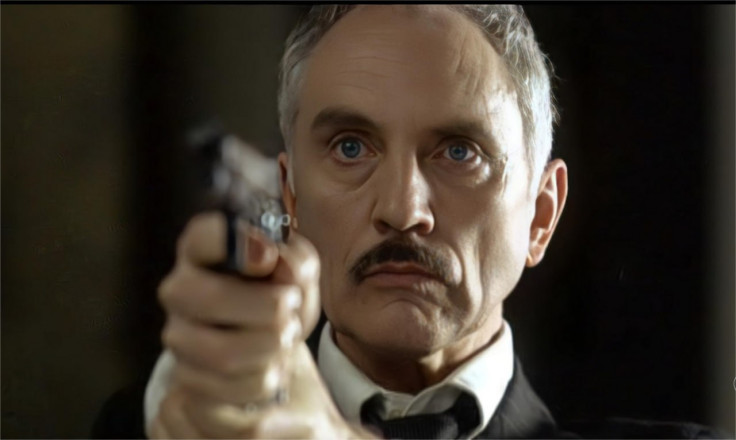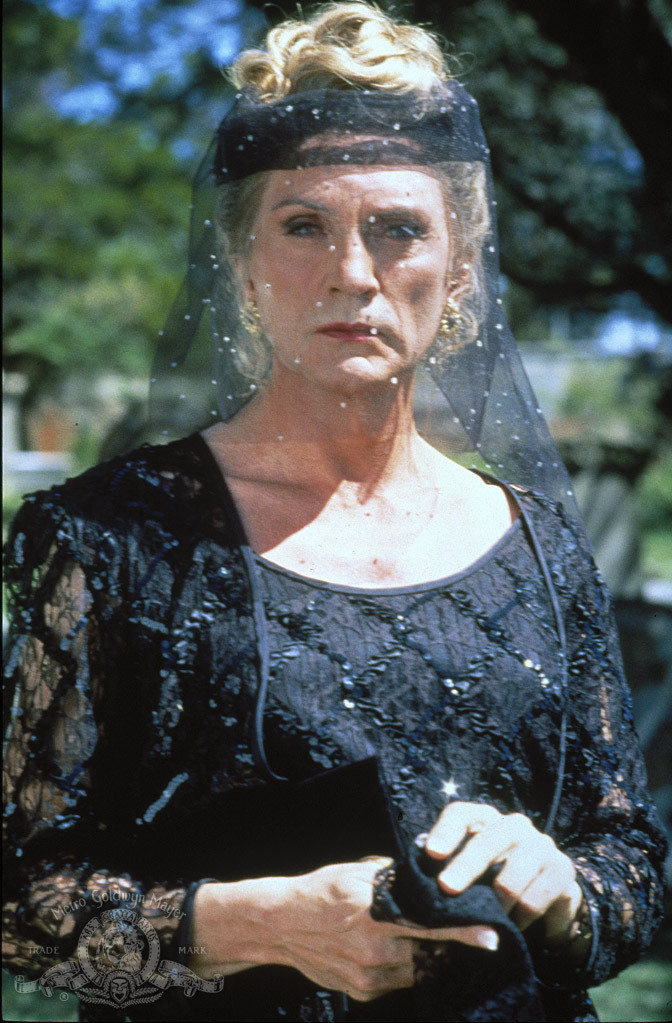Superman Villain Terence Stamp: Fashion Icon, Spiritual Seeker and the Dazzlingly Unpredictable Life of a British Legend
His portrayal in Priscilla became a landmark in LGBTQ+ cinema history

Terence Stamp's life was defined not only by his unforgettable screen presence but also by the unconventional path he carved through six decades of cinema and culture.
Born in London's East End in 1938, he grew up in the shadow of the Blitz, an experience that toughened him and instilled resilience he would later bring to the screen.
Before acting, he worked a string of jobs, from advertising to assisting a professional golfer, until a scholarship to the Webber Douglas Academy of Dramatic Art revealed his true calling.
His death at 87 marks the end of an era, but Stamp's influence endures far beyond his most famous role as General Zod in Superman. He was more than a villain. He was a cultural figure who reinvented himself time and again, ensuring his relevance across generations.
A Meteoric Rise
Stamp's debut in Billy Budd (1962) was nothing short of electric. His performance earned him an Oscar nomination and a BAFTA, instantly establishing him as one of Britain's brightest young stars.
Two years later, he won Best Actor at Cannes for The Collector, confirming his place among the most promising actors of his generation.
Handsome and charismatic, he embodied the spirit of 1960s London. He became a fashion icon as much as a film star, his sharp tailoring and striking looks placing him alongside the cultural revolutionaries of the era.
His image even appeared on the cover of The Smiths' 1984 single What Difference Does It Make?, proof of his enduring influence on pop culture.
Reinvention Through Spirituality
When the 1970s arrived, Hollywood's appetite for new faces left Stamp adrift. Instead of clinging to fading fame, he stepped away. He travelled to India, lived in ashrams, practised yoga, and embraced vegetarianism long before it was fashionable.
Immersed in Eastern philosophy, he found a new outlook that reshaped both his life and his acting.
This detour paid off. His return to cinema as General Zod in Superman (1978) redefined him. Zod was not just a comic-book villain but a regal and menacing presence.
The role became one of cinema's most iconic portrayals of evil and brought him back into the international spotlight.

Roles That Defined Courage
Stamp's greatest artistic risks came later in his career. His portrayal of Bernadette, a transgender woman in The Adventures of Priscilla, Queen of the Desert (1994), was one of his boldest choices. Initially hesitant, he ultimately delivered a performance of dignity and vulnerability.
The film became a landmark in LGBTQ+ cinema and revealed a new side of his craft.
Five years later, in Steven Soderbergh's The Limey (1999), Stamp played Wilson, an ex-con seeking justice for his daughter's death.
The role combined raw ferocity with emotional restraint, and critics hailed it as one of his finest performances. It reminded audiences that Stamp was not only a face from the 1960s but an actor capable of powerful reinvention.
More Than Acting
Stamp's cultural footprint extended far beyond the screen. His distinctive voice made him a sought-after narrator, and he lent gravitas to everything from film trailers to audiobooks. He also published memoirs, novels, and cookbooks, reflecting his wit, discipline, and lifelong interest in healthy living. His memoir Rare Stamps offered candid reflections on Hollywood, spirituality, and his constant search for meaning.
Even in his later years, he never abandoned style. He favoured bespoke tailoring and once spoke of his body as if it were an Aston Martin that required careful upkeep. This devotion to elegance kept him a fashion figure long after his matinee idol days had passed.
A Lasting Legacy
Terence Stamp will be remembered by many as General Zod, but his story was far richer. He was Billy Budd's wide-eyed sailor, Priscilla's fierce Bernadette, The Limey's haunted avenger, and above all, a Blitz survivor who refused to be trapped by one identity.
His life was about reinvention and resilience, and his legacy will be that of an artist who lived, created, and transformed on his own terms. His career was not just a reflection of the times he lived in, but a reminder that true stars find a way to remain timeless.
© Copyright IBTimes 2025. All rights reserved.





















